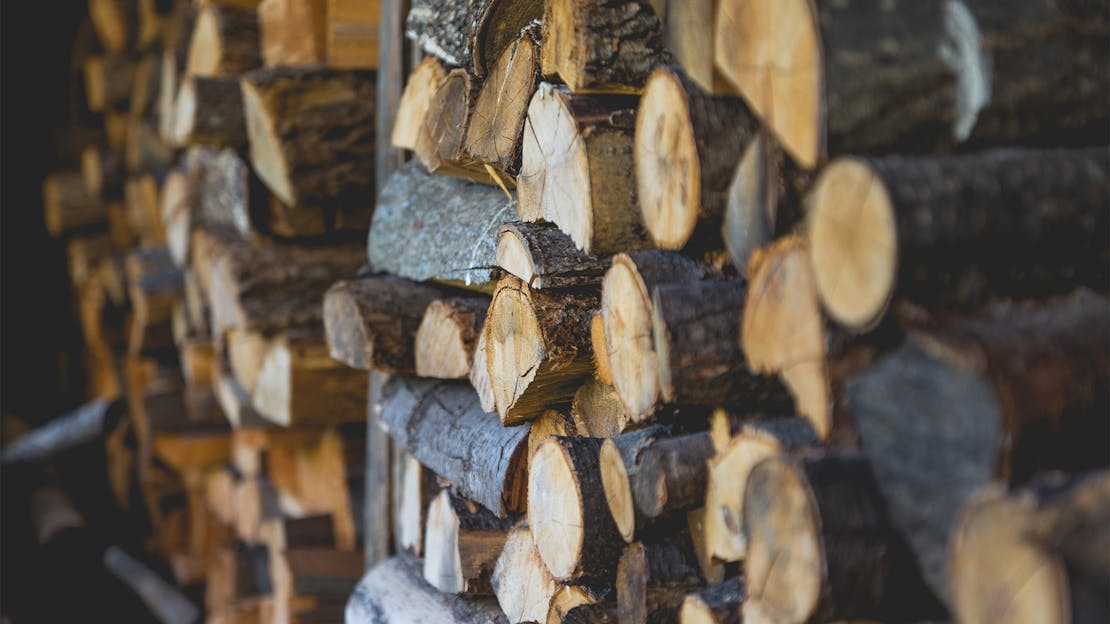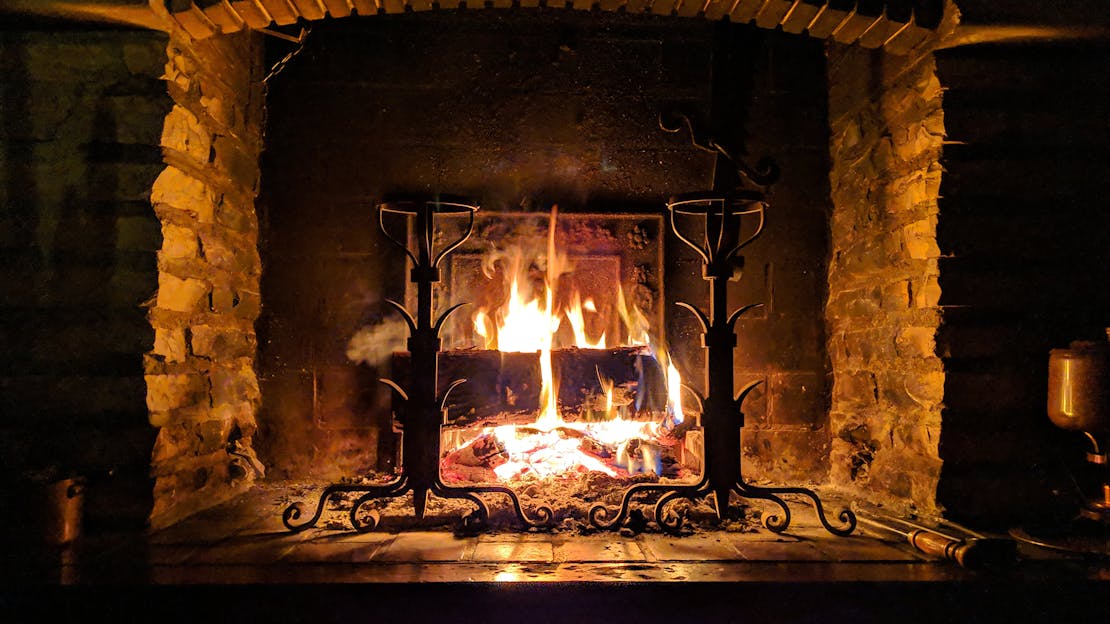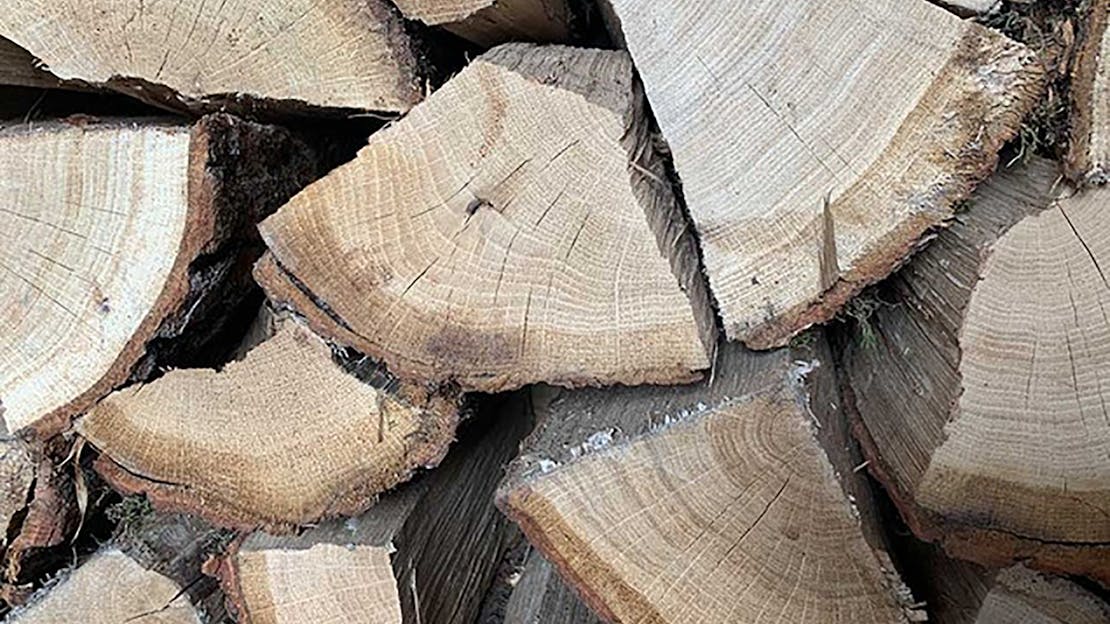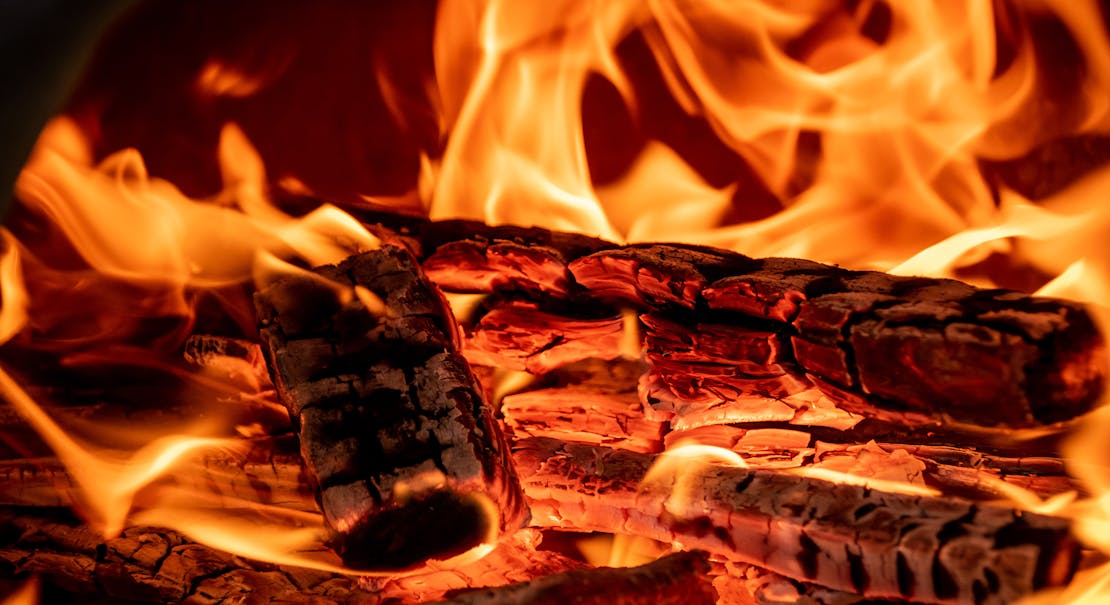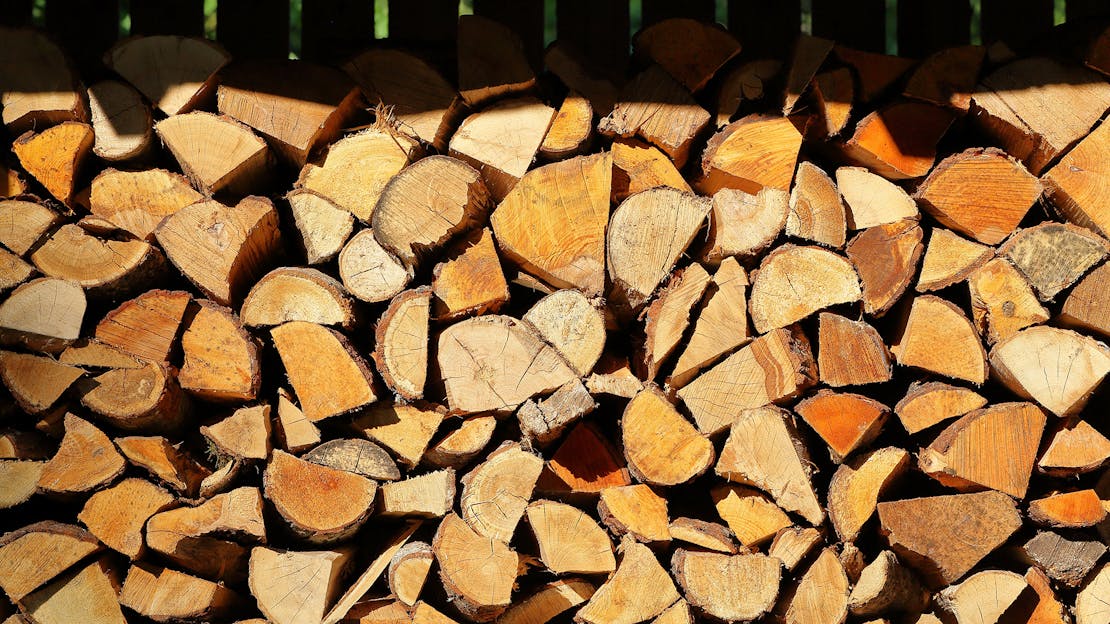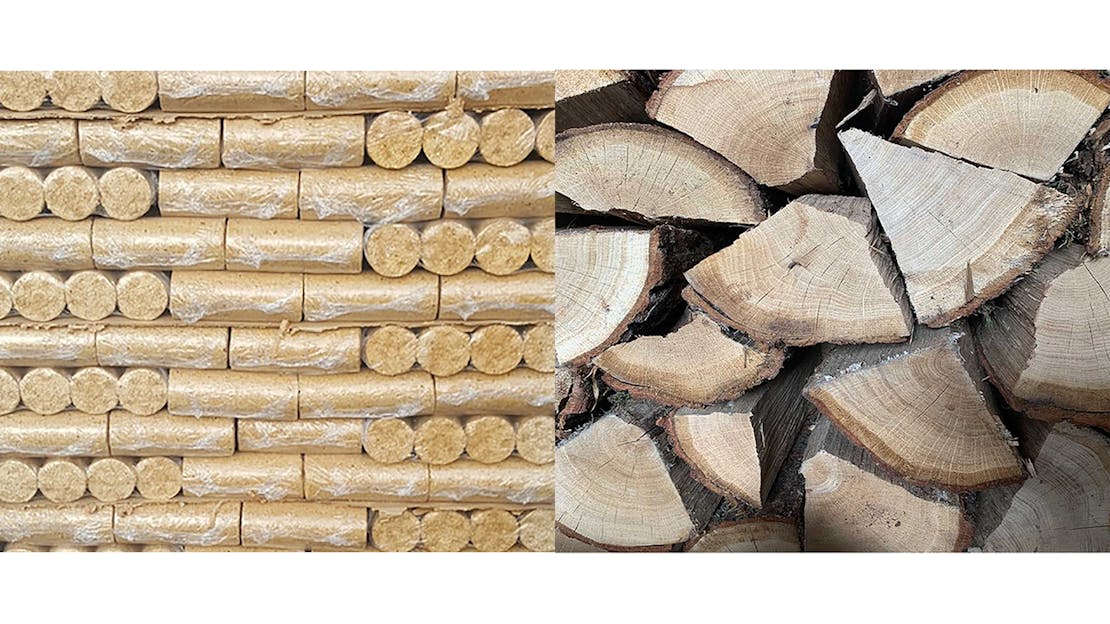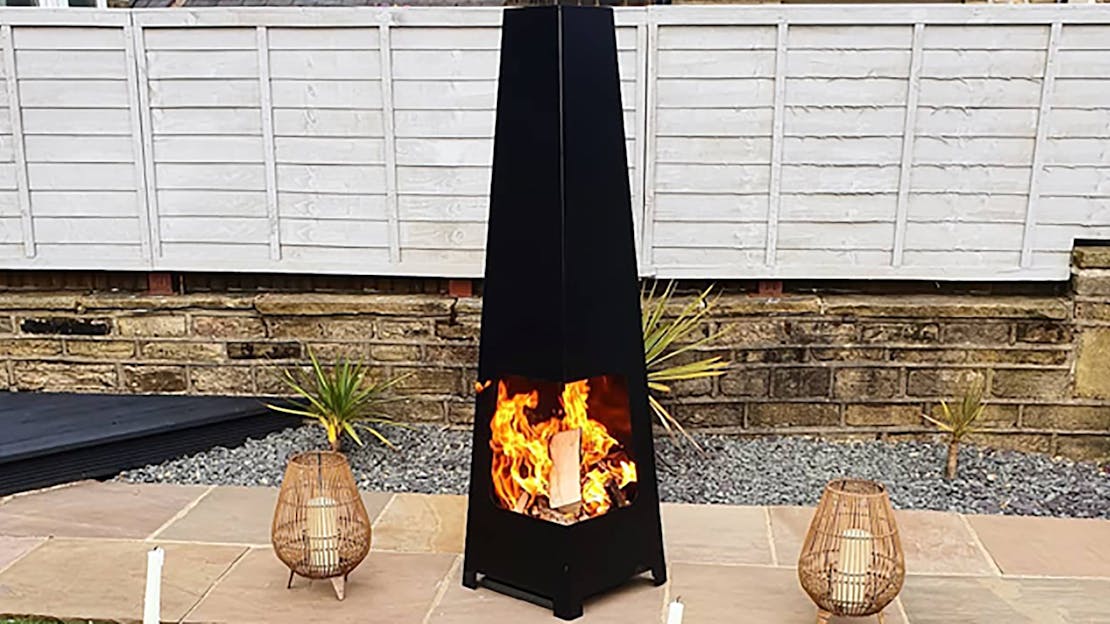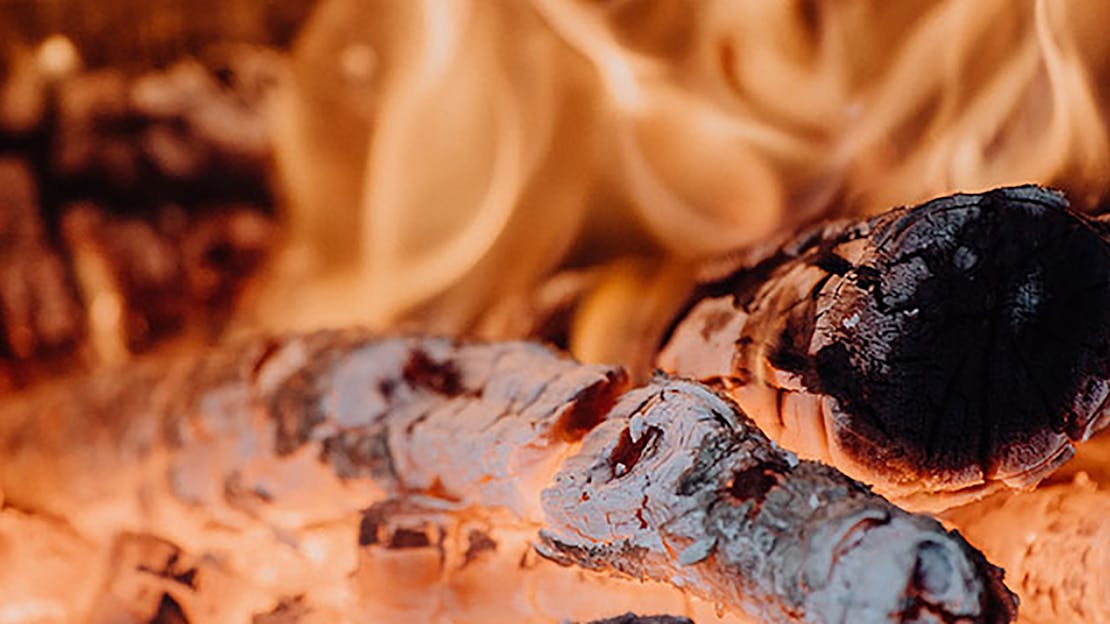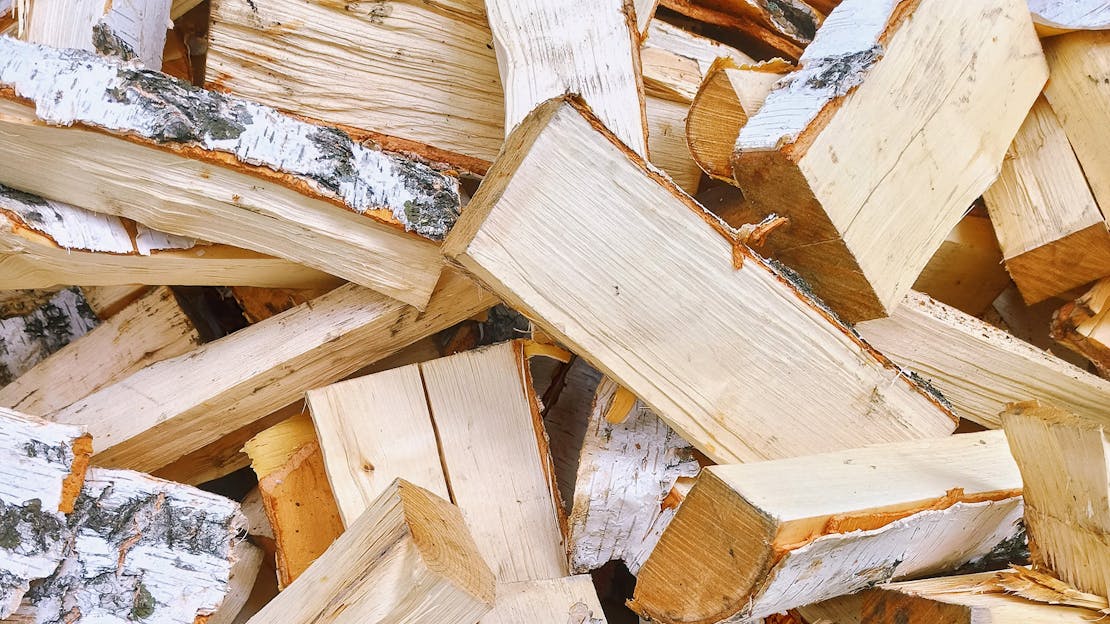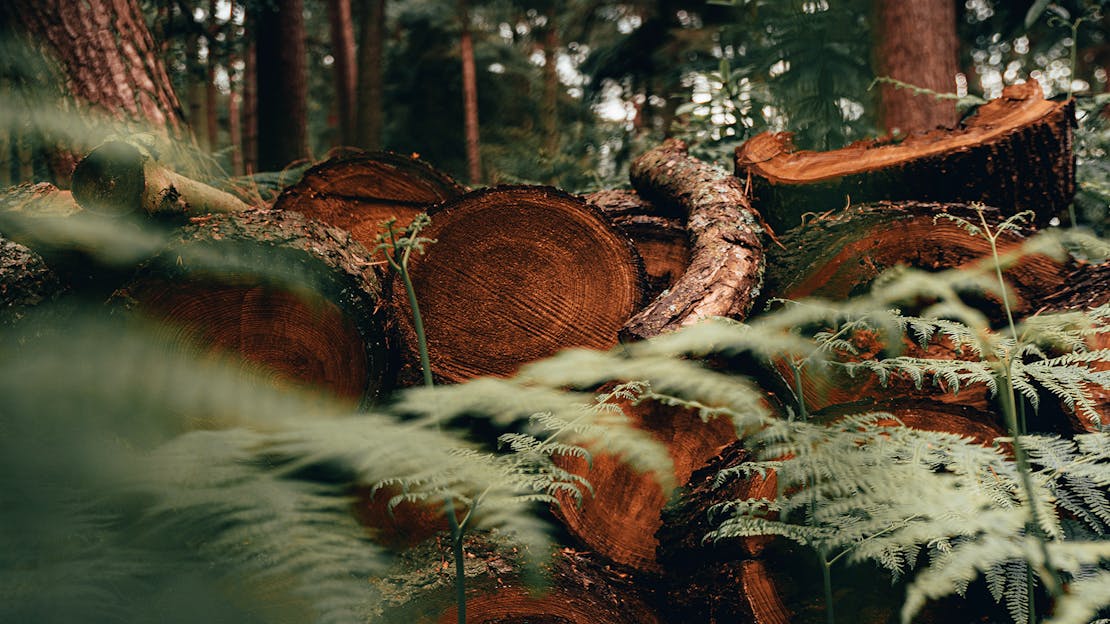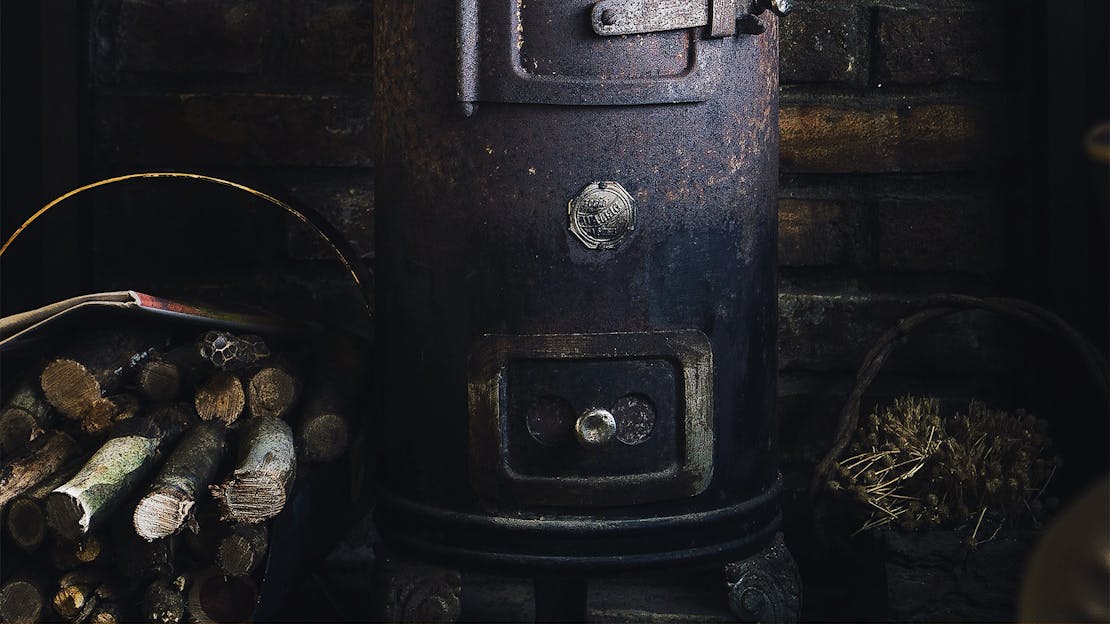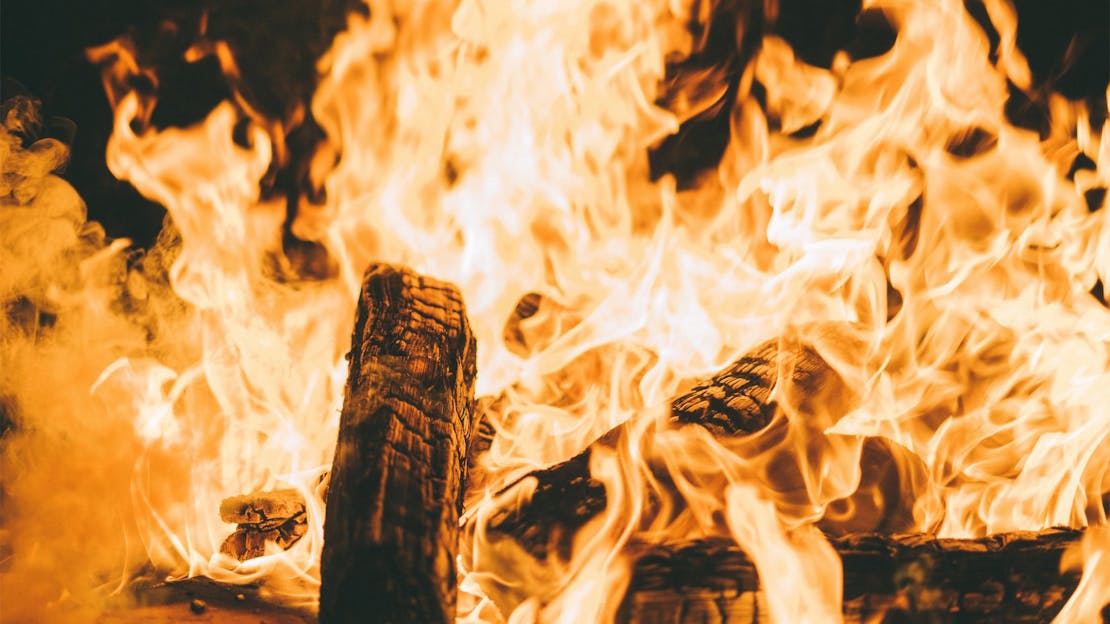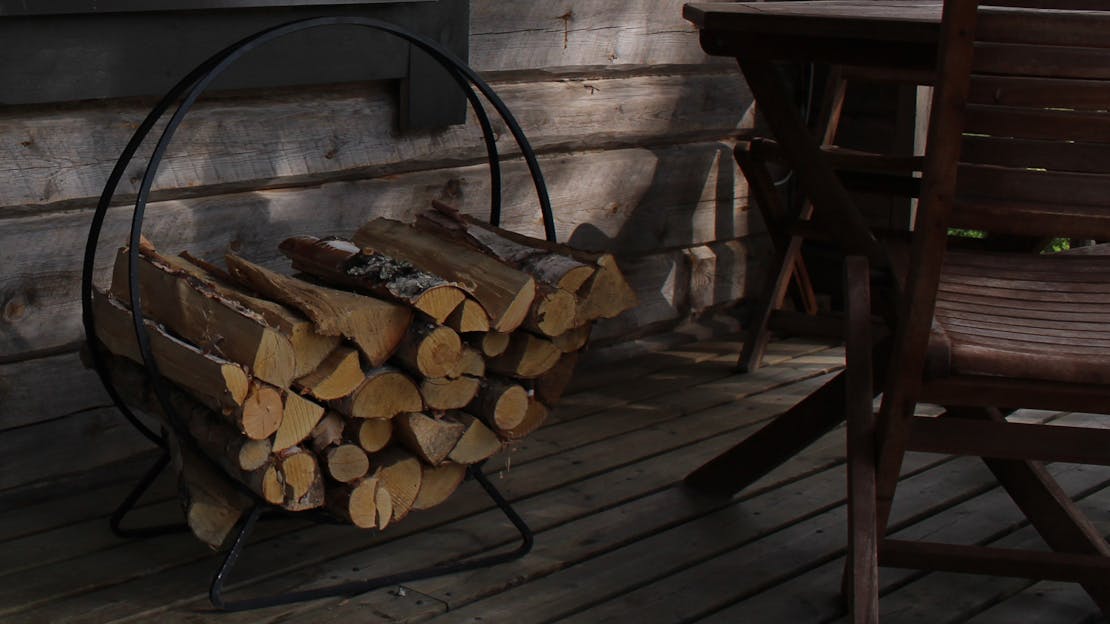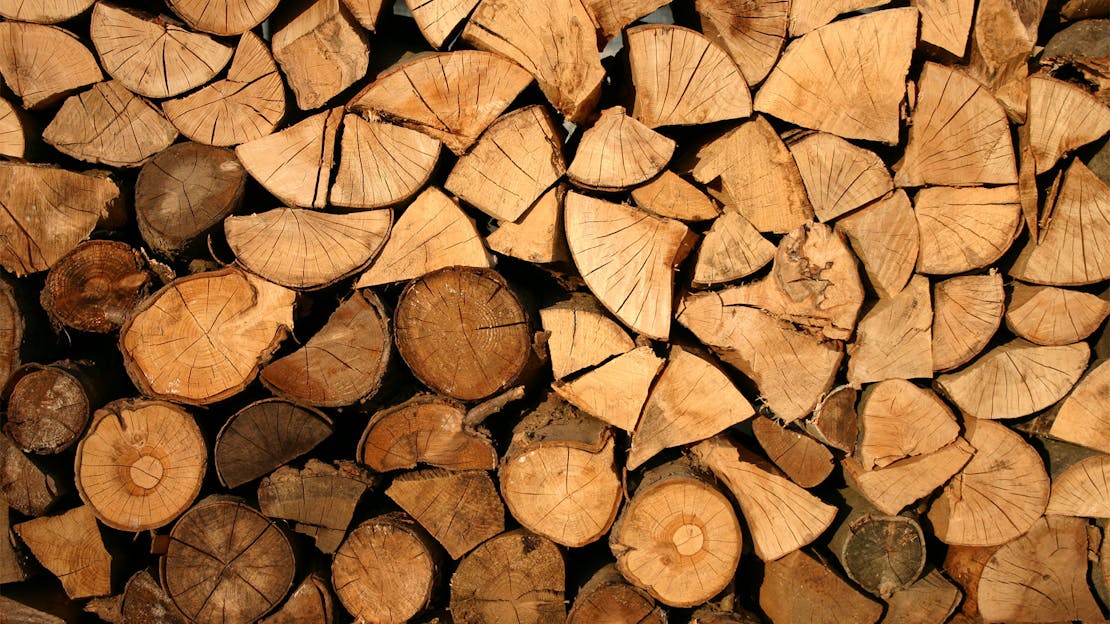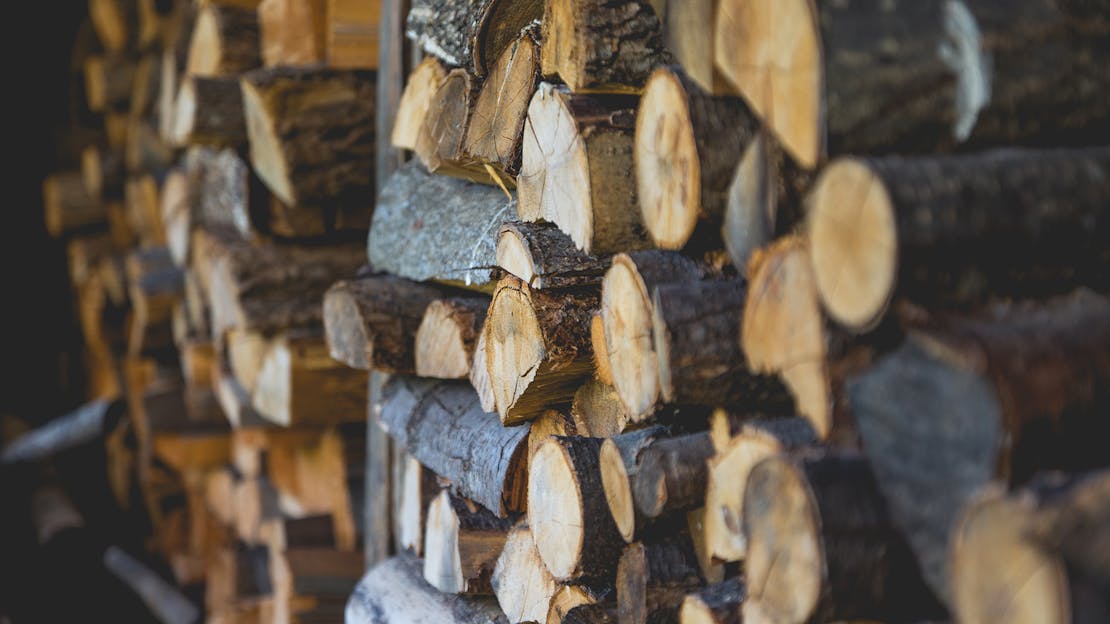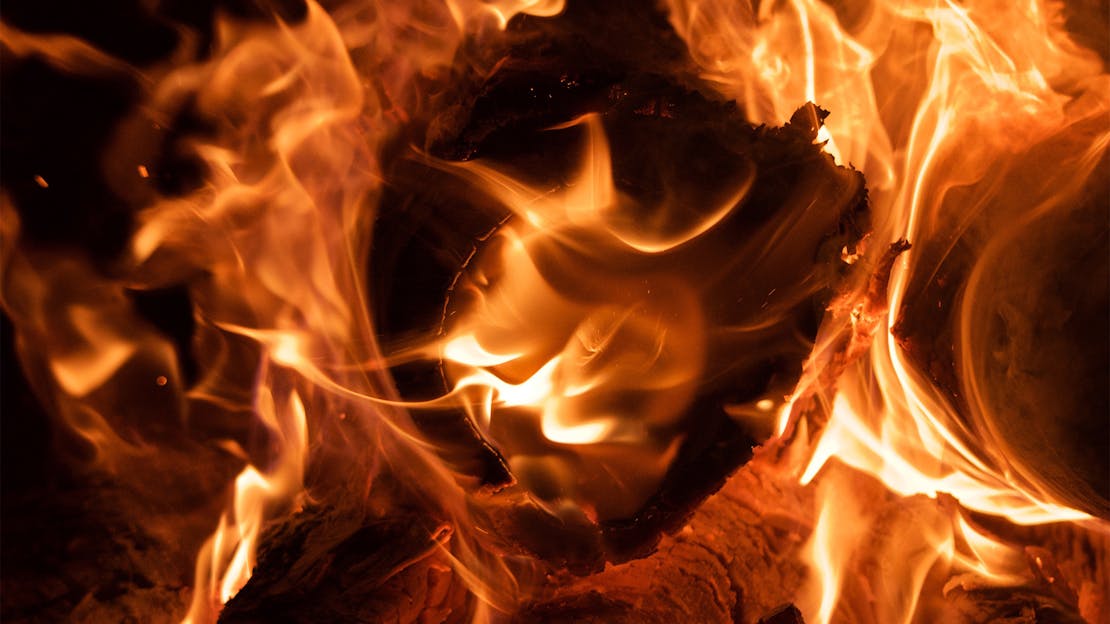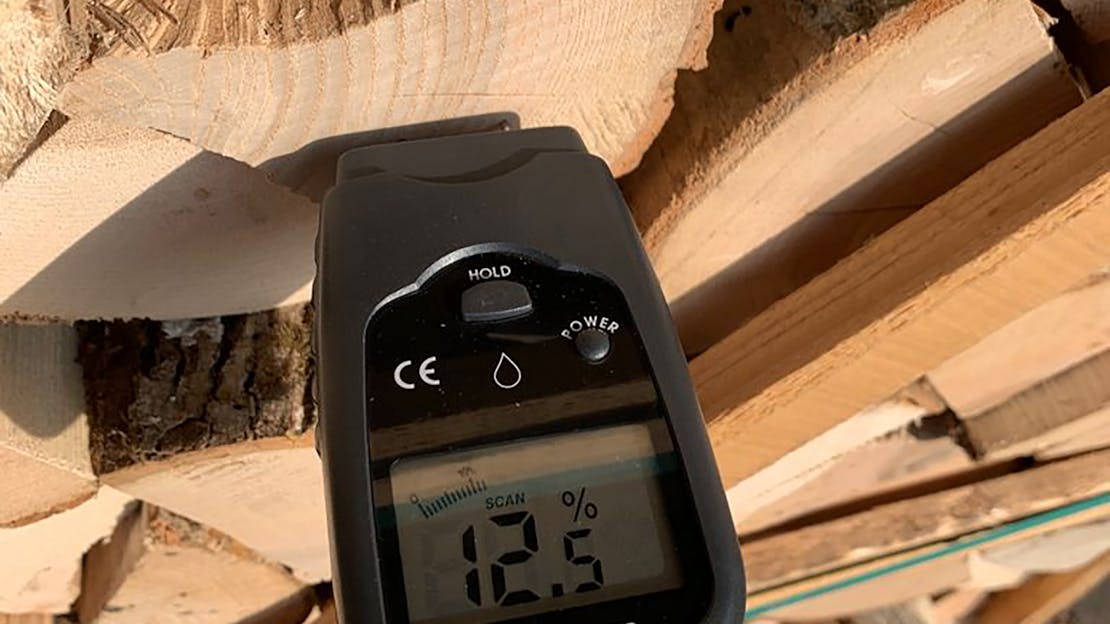
Wood Burning & Efficiency
Why should you use firewood as your main source of heating in your home? Is it efficient? What are the pros & cons? How do I get the most out of my wood or multi-fuel stove? In this guide we'll cover all of it and more, so you will know everything there is to know about wood burning and its efficiency.
Pros To Using Firewood:
Burning Wood Is Eco-Friendly - Following the government research into energy and climate change in 2020 it was found that Kiln Dried wood produces 0.015kg of CO2 per kWh of heat. This is on average lower than that of electricity and gas.
Burning Wood Is Efficient - Log burners and Multi-fuel stoves operate at an average of 80% efficiency. This means a large volume of the energy stored in the logs you burn are converted into heat. Open fires aren’t as efficient in regard to firewood, converting just 20% of energy into heat on average, so coal is a better fuel for an open fire.
Cost Is User Dependent - How much you spend on your firewood is totally up to you. Depending on how often you light your fire and whether you prefer to buy in bulk can have an impact upon how much you upfront cost is for purchasing your logs.
Cons To Using Firewood:
Requires Storage - To fuel your fire you need to store the fuel. Space needed varies on the fuel you are using but firewood can take up a fair amount of space if you buy in bulk. If space is an issue you could give Briquettes a go. They are usually wood based so have the same impact as logs but take up less space.
Preparation & Maintenance - Stoves need a little bit of TLC every now and then, cleaning out ash build up keeps on top of a healthy fire. Having the chimney swept annually will help keep your stove in top shape.
Upfront Cost of Fitting a Stove - This doesn’t apply to everyone as most people will be reading this due to already having a stove in their house but if you are thinking of having one fitted the upfront cost of buying and installing a stove can be a bit expensive but the cost balances itself off in the long run.
How to get an efficient wood burn:
Step 1 - Choose the Right Type of wood.
The type of wood you use on your stove can affect the type of burn you will get. Head on over to our Wood and Density Guide to see what type of wood will work best for you.
Step 2 - Choose Your Firestarters
To get your fire going you want to use smaller cuts of wood known as kindling and firelighters. The firelighters provide a short burst of high flame (approx 10-15 minutes) to help light the kindling which then burns and helps light the firewood.
Step 3 - Lighting Method.
There's different ways you can light your fire, it totally is your personal choice of how you light your fire.
Some like to use the “Top Down” Method - This is where you place your firewood on the base of your stove, the kindling is then placed on top in either a pyramid shape or a grid shape. A Firelighter is then placed in the middle of the kindling, another firelighter is placed on top and lit.
Others prefer the “Traditional'' Method - This is where you place your firelighters on the base of the fireplace. Layer kindling over the top, leaving gaps in between pieces for airflow. If you have enough space you may choose to put 2 smaller logs either side of the kindling. Once the kindling is well lit, place your firewood over the kindling.
Step 4 - Regular Maintenance
As mentioned above, stoves need regular maintenance for them to be used at their full potential. By carrying out regular maintenance it helps keep your stove healthy and producing good fires, but it also helps you to keep an eye out for any damage or faults. Finding faults and damage at the earliest stages is better than it being left and developing into a larger, more costly issue.
Step 5 - Keep the Chimney Clean
The last thing to keep your stove up to scratch is keeping your chimney clean. We recommend having it swept once a year, particularly before a heavy-burning period. An unswept chimney is a hazard too, any creosote or debris build up caused by burning can be dangerous in the long run.
And that covers our guide of burning wood and the best practises. If you found this guide useful you might also find some our other great guides helpful! If you are looking to buy some high quality wood, we stock an expansive range of kiln dried firewood.
Firewood - Everything you need to know
![5 Tips For Properly Storing Firewood]()
In this guide we’ll be giving you 5 tips that everyone can use when choosing how and where to store their firewood. So you can learn how to easily store firewood right!
![How do our different types of firewood burn?]()
All of our wood is classed as hardwood however, some are more dense than others meaning the results of them burning can differ slightly. Here is an overview of our firewood and the properties of their burn.
![Seasoned v Kiln Dried Wood]()
A regular question we see within the firewood community is “what is the difference between seasoned firewood and kiln-dried firewood. So, here is our explanation.
![The Benefits of Using Kiln Dried Logs]()
Kiln-dried logs are increasingly popular, due to their high heat output, clean burn and easy lighting. Find out more about this firewood with this handy guide!
![Alder Firewood - All You Need To Know]()
Alder firewood burns with a nice bright flame, gives off a quick and high heat output and is very easy to light. Find out more information about alder firewood here.
![Hornbeam Firewood - Is It Right For You?]()
Hornbeam firewood is a very dense and hard type of firewood, it burns for a long time and gives off an exceptional heat. For more information, check out this guide.
![Briquettes and Heat Logs vs Firewood]()
Here is a bit of an explanation of the difference between some of our all time favourite briquettes & our traditional firewoods.
![Firepits: What Fuel To Use]()
It’s a question that we see constantly come up, what wood should I be burning in my fire pit? Can I use charcoal in my Firepit? Here we go into detail of what to use.
![Reusing Your Wood Ash]()
Wood ash can be a bit of a chore to clean and get rid of but there’s some handy uses for the ash that you might have never thought about.
![Which Type Of Firewood Is Right For You?]()
In this Guide we'll discuss the differences between the various Kiln Dried Firewood that we supply.
![What is Wet Wood? Why should you avoid it?]()
You may have heard the term ‘wet wood’ around a lot recently when it comes to firewood and be wondering exactly what it means. You may also be wondering why people are telling you to avoid it. Well, we are here to answer that for you.
![Wood Burning and Efficiency]()
Why should you use firewood as your main source of heating in your home? Is it efficient? What are the pros & cons? How do I get the most out of my wood or multi-fuel stove?
![The Benefits of Dry Firewood]()
In this guide we'll discuss all the ways in which dry wood is better than wet wood. And all of the benefits it presents when burnt.
![The Benefits & Uses Of Small Logs]()
Picture this: a cozy evening outdoors, the tantalising aroma of wood-fired pizza wafting through the air, and a compact wood stove casting a warm glow.
![Small Log Benefits]()
Picture this: the snug embrace of a compact wood stove, a warm and inviting ambiance, and the knowledge that you’re heating your space with firewood sourced sustainably in the UK.
![Kiln Dried Hardwood Logs Benefits]()
Are you tired of struggling with wet and unreliable firewood? Look no further than kiln-dried hardwood logs, the golden standard in fuel for your fireplace or wood-burning stove.
![Why Choose Kiln Dried Hardwood Logs For Fireplaces]()
Are you tired of struggling with wet, mouldy logs that take forever to light and produce a weak, lacklustre fire in your fireplace? In this article we are going to cover all the reasons you should use kiln dried logs.
![Harnessing the Heat: The Advantages of Kiln-Dried Hardwood Logs for Heating]()
Burning kiln dried logs brings a lot of benefits over wet or seasoned wood. From being cleaner, more eco friedly and much more which can be read in this guide.
![Maximising Warmth: The Art of Storing Kiln-Dried Hardwood Logs to Preserve Burn Quality]()
As the nights grow colder and the allure of a crackling fire becomes irresistible, the importance of properly storing kiln-dried hardwood logs comes to the forefront.
![Unveiling the Heat: Understanding the Difference Between Kiln Dried Hardwood Logs and Other Firewood for Home Heating]()
In this comprehensive guide, we'll delve into the differences between kiln-dried hardwood logs and other firewood choices

